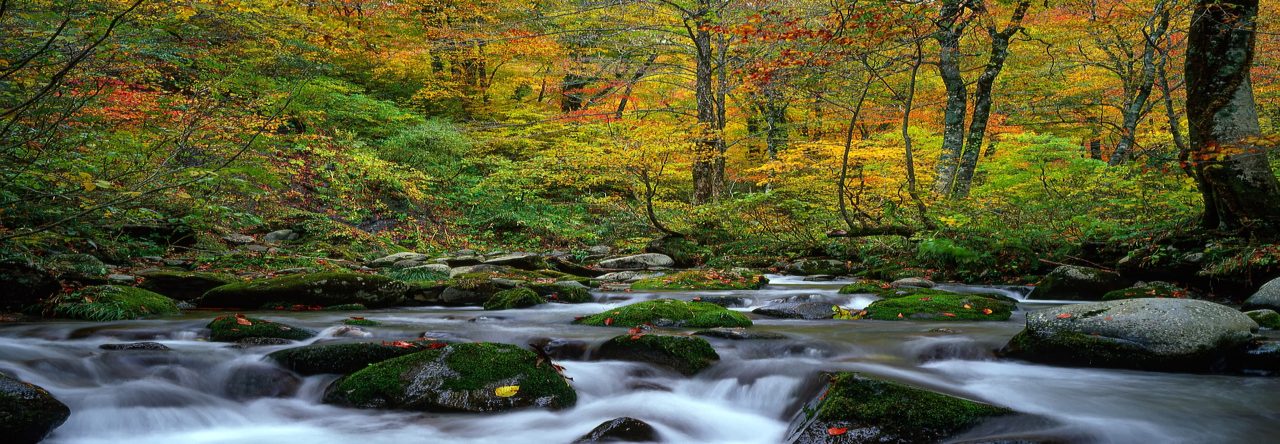At the cemetery, there is a wall crawling with honeysuckle. Visiting mourners find themselves standing at the wall; not after the first visit, when their grief fails to recognize any beauty in the world. It happens when they once again begin to hear birdsong and see the sky. When their pain can no longer muffle reality, the sweet scent breaks through.
Beauty, especially enthralling, enticing beauty, is indelible. Affixed to the mausoleum, the flowers care not what else has gone on above and beneath the soil here. Hardened by the cold, the ground does not care. It swallows what it is given eagerly. Hungry and yawning, the chasm takes care to preserve nothing; that is what the headstones are for.
Squirrels avoid the wall of honeysuckle. They watch, on tiptoe, as the larger mammals approach. They always investigate, once the notice. The little beasts fear the wall, because they know what lies behind it. They sometimes go closer, but for all that they do not fear the world of humans and the things that they make, they seem to fear this place. The honeysuckle walls survives the depths of winter, because there is more heat than the sun can provide. Humans do not notice the honeysuckle wall simmer.
They leave their offerings to the riot of green and white: flowers of their own, a watch, a scarf. Anything that they can leave, anything they brought with them. The offerings never remain there long, and the alabaster wall of the mausoleum, white as bones, disappears further and further beneath the mass of plants. The honeysuckle leave behind none of the original color, and fill the cemetery grounds with a smell so sweet that one could forget all grief.
